What Are the Key Considerations for Outdoor Dining Space Remodeling?
Remodeling your outdoor dining space can transform your home and elevate your hosting potential. However, such a project comes with unique challenges and considerations that you should be equipped to handle. In this FAQ, we’ll explore the essential factors to keep in mind to ensure your outdoor dining space becomes a stunning and functional area.
Understanding Your Space and Needs
Before initiating any remodeling project, it’s important to evaluate the available space and define your needs. Consider how often you will use the space and for what purposes to ensure your design meets your lifestyle requirements.
Start by assessing the dimensions of your area. A smaller space may require more creative solutions, such as multi-functional furniture, while a larger one can accommodate a more elaborate setup. Think about the number of guests you typically host and any special requirements you might have, such as accessibility features or children’s safety.
Setting a Realistic Budget
Budgeting is critical to any remodeling project. Determine what you’re willing to invest in your outdoor dining area and prioritize features that offer the best return on investment. Factor in all costs, including materials, labor, and potential maintenance.
Start with a basic budget outline, including major costs like structural upgrades, new furniture, and minor costs like décor. Keep in mind that unforeseen expenses often arise during remodeling, so it’s wise to set aside a contingency fund to cover unexpected needs.
Choosing budget-friendly materials can stretch your dollar further. Consider focusing your budget on high-traffic areas or components that directly enhance the dining experience. This focus could include upgrading seating comfort or installing efficient lighting.
Choosing Durable Materials
The materials you choose need to withstand the elements. Opt for durable and weather-resistant materials such as treated wood, metal, or synthetic options that offer longevity and low maintenance.
When selecting materials, balance durability with aesthetics. For example, composite decking can mimic the look of natural wood while offering better resilience against weather and wear. Similarly, selecting fade-resistant fabrics for cushions ensures that your seating remains inviting despite sun exposure.
Consider eco-friendly materials that are both sustainable and robust. Recycled materials and sustainably sourced woods not only make your space environmentally responsible but can also enhance the organic feel of your outdoor environment.
Designing for Comfort and Functionality
An effective outdoor dining space design considers comfort and functionality. Pay attention to seating arrangements, shade options, and accessibility. Ensure that the layout facilitates easy movement and enhances the overall dining experience.
Maximize comfort by choosing ergonomically designed furniture and considering the orientation of the space to prevent harsh sunlight or exposure to adverse weather conditions. Integrating flexible shading such as retractable awnings allows you to adjust to changing conditions.
Plan for accessibility in design by incorporating pathways that accommodate all household members or guests. This might include slip-resistant surfaces and thoughtful transitions between indoor and outdoor spaces.
Incorporating Lighting and Heating
To enjoy your outdoor space day or night, consider integrating appropriate lighting and heating solutions. This can include ambient lighting, heaters, or fire pits that enable year-round use and add to the ambiance.
Strategic placement of lights can transform the mood of your outdoor area. Solar-powered lights are an eco-friendly option that can outline walkways or highlight key features. For the colder months, heaters or a central fire pit provide warmth and also serve as focal points for gatherings.
Enhancing Aesthetics with Landscaping
The surrounding landscaping significantly impacts the look and feel of your dining space. Choose plants and landscaping elements that complement your design, adding natural beauty and a touch of nature to your dining experience.
Create harmony between your garden and dining area by choosing flora that enhances your space’s visual flow. Native plants offer a low-maintenance option and help support local wildlife. Additionally, think about seasonal variations and how they might affect the appearance and usability of your outdoor space.
Consider incorporating hardscaping elements like stone paths or water features. These features can add texture and interest without overshadowing the functionality of your dining area. The gentle sound of running water, for example, can create a peaceful ambiance that encourages relaxation and pours a sense of tranquility over your gatherings.
Conclusion
By taking these key considerations into account, you can create an outdoor dining space that is both beautiful and practical. Remember that planning carefully and thinking creatively will help you maximize the potential of your exterior environment, turning it into a seamless extension of your home’s living area.

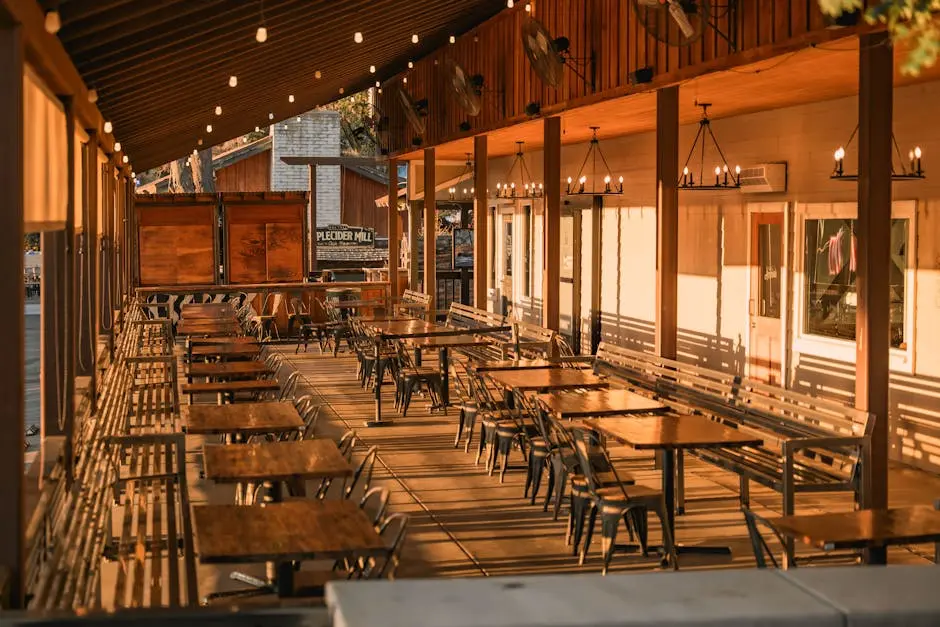

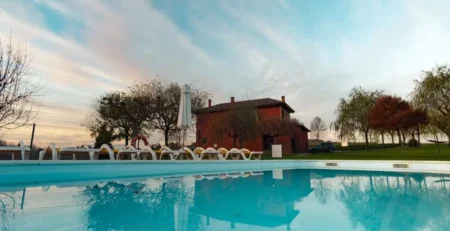
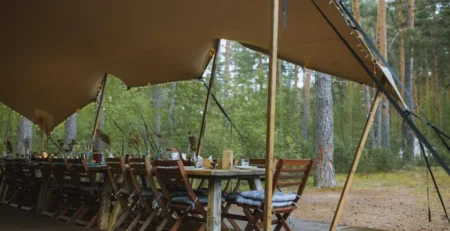
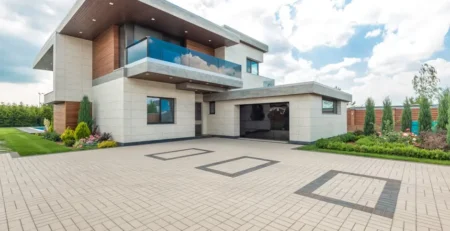



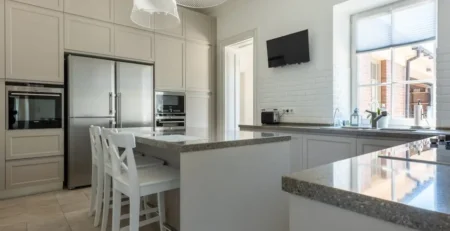

Leave a Reply